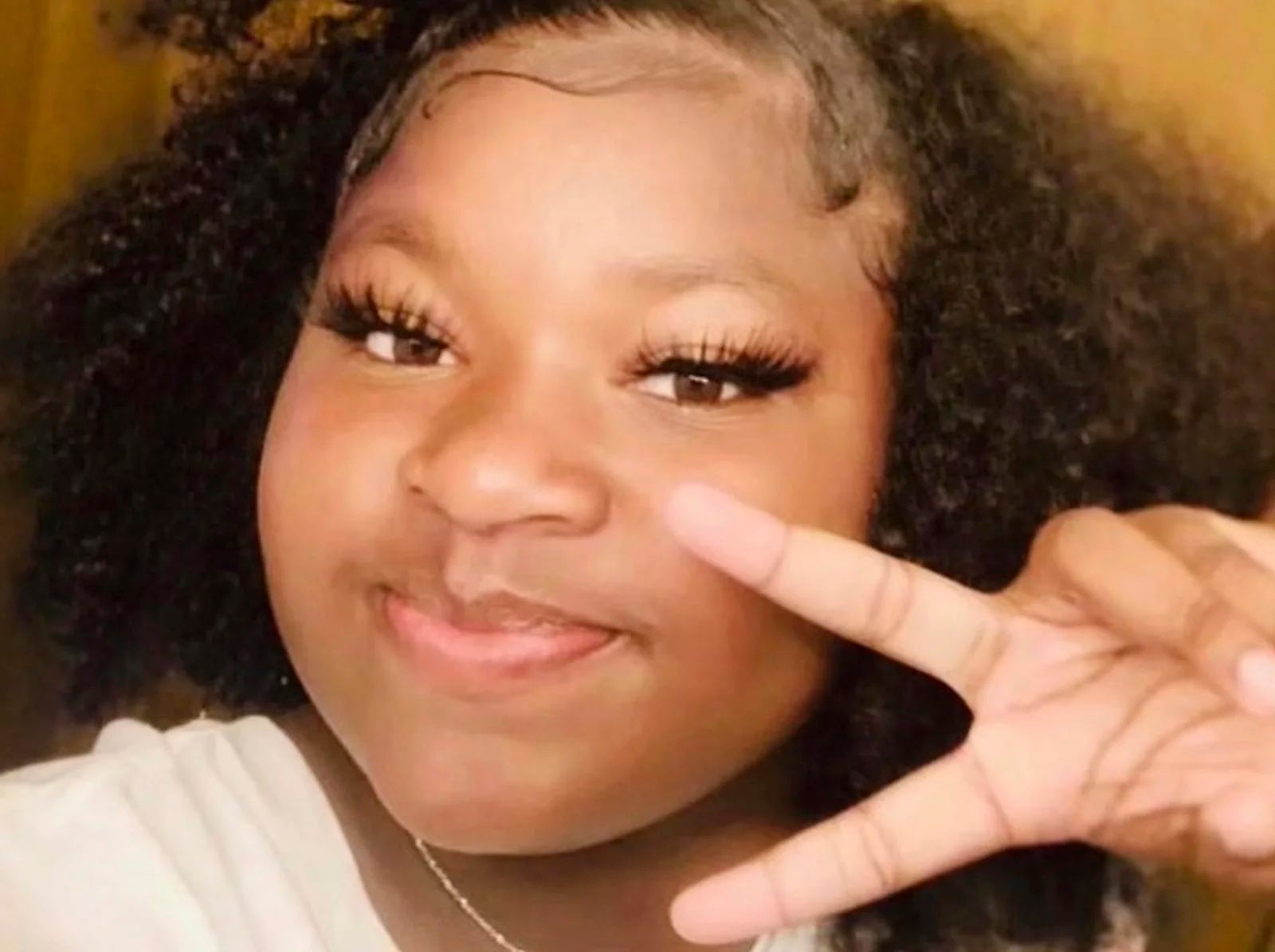
On Tuesday, April 20th at approximately 5:30 pm, I, like many of you, waited with bated breath as the jury rendered a guilty verdict for Derrick Chauvin for the murder of George Floyd.
Shortly after the verdict was read, I was inundated with news of the murder of 16-year-old, Ma’Khia Bryant, just twenty minutes earlier. Ma’Khia, a young Black girl in foster care, was murdered by a Columbus City Police Officer, Nicholas Reardon, who used deadly force to neutralize a physical altercation between her and two adult women.
This unfortunate situation hit home for me for several reasons. As a scholar, I’ve been studying the educational experiences and life outcomes of Black youth in foster care for years and am all too familiar with the considerable challenges they face. I also lived in Columbus, Ohio and collaborated with Franklin County Children Services—the agency responsible for the care of Ma’Khia and her sister. Suffice it to say, I was intimately familiar with the local context of this situation.
As the investigation for this case began to unfold, there was one thing that stood out to me. That is, before the call for police on the day of Ma’Khia’s murder, there had been several 911 calls in the past three years from that same home. One of those calls occurred 23 days prior from Ma’Khia’s younger sister who communicated to the dispatcher repeatedly: “I want to leave this foster home.”
How is it that a system that is designed to protect vulnerable youth, allow them to stay in an obviously unstable and unsafe situation for so long that it ultimately results in the death of Ma’Khia?
The foster care system failed Ma’Khia and her sister. And what I have learned from my research, advocacy, and community engagement over the years is that this is not uncommon. Though touted as a protective intervention, our nation’s child welfare system plays an active role in restricting the life chances of young people, especially Black youth.
Black youth, like Ma’Khia and her sister, account for 23% of those placed in the foster care system—nearly double their proportion in the national child population. In comparison, white youth represent 44% of the foster care population and 50% of the nation’s child population. Black girls in particular constitute 23% of all girls in foster care, though only 15% of the general population.
Black youth also spend a longer time in foster care and are less likely to be adopted than white youth. Time spent in foster care is positively associated with increased risk of trauma and abuse, as evidenced in Ma’Khia’s story who spent about two years in the system.
For Black girls, who are criminalized and adultified already, experience in foster care only exacerbates their precarity. That conversations following Ma’Khia’s death shifted to focus on her own culpability is not surprising. Institutional systems are rarely, if ever, held accountable for the death dealing of Black girls and women. There has still been no justice for Breonna Taylor.
The foster care system is not an independent actor though. Its intersections with our nation’s education and criminal punishment systems, as I’ve argued elsewhere, exacerbate precarity for Black youth, rendering them disposable like Ma’Khia was. Black girls in particular are positioned in a matrix of oppression that literally conspires in their murdering—spiritually, psychologically, educationally and, physically.
You might remember a disturbing, viral video in 2015 of a white school resource officer, Ben Fields, brutally slamming a 16-year old Black girl, Shakara, to the ground at Spring Valley High School in Columbia, South Carolina. Fields was called to the classroom because Shakara reportedly refused to follow instructions from her teacher. The veteran officer is documented telling Shakara, “Either you’re coming with me or I’ll make you.” Shortly after, he is observed violently assaulting—dragging her across the classroom as her peers watched.
The viral video helped to amplify nationally, documented concerns about the presence of police in public schools and its role in the production of the school-prison nexus.
One overlooked fact in media reports about Shakara’s story, however, is that like Ma’Khia, she was a foster youth.
Black girls in foster care are not safe nor protected in our nation’s child welfare, criminal punishment or carceral systems. It is why “intersectionality” progenitor, Kimberlé Crenshaw, founded the #SayHerName campaign in 2014—to bring awareness to the names and stories of Black girls and women who are rendered invisible by oppressive and multiply mariginalizing systems.
This Foster Care Awareness Month, let us not forgot Ma’Khia. May we #SayHerName and the dozens of others whose names we will never know. Let us not absolve the foster care system and its collaborating institutions from their complicity in the disgard, dehumanization, and demise of Black girls and their families. And may we all work within our spheres of influence to imagine and enact a new world where we support Black families and communities, defunding oppressive systems that seek to harm them.
Royel M. Johnson, PhD is Associate Professor of Education and Social Work at the University of Southern California (USC), where he is also affiliated with the USC Race and Equity Center and Pullias Center for Higher Education.